Fall is a busy time for both homeowners and businesses involved in landscaping or yard maintenance. As leaves begin to fall and debris accumulates, yard cleanup becomes a significant task. Choosing the right yard tarp can save time, energy, and prevent unnecessary frustration during this seasonal upkeep.
Whether you’re a professional landscaper or a property owner looking for a more efficient solution, having the right garden tarp is essential for outdoor maintenance. But with so many options available, how do you ensure you’re selecting the best one? In this guide, we’ll go beyond generic tips and offer actionable advice to help you choose the perfect tarp for your fall yard cleanup, along with some innovative uses you may not have considered.
1. Material Type: Strength Meets Functionality
The material of your tarp determines its durability, weather resistance, and overall functionality during fall yard cleanup. Tarps come in a variety of materials, each suited for specific tasks.
- Polyethylene (Poly Tarps): The most common type of tarp, polyethylene is lightweight and highly versatile. Poly tarps are waterproof, UV-resistant, and typically come in different thicknesses, making them ideal for collecting leaves and light debris. Their lightweight nature makes them easy to handle, especially for routine yard maintenance or if you want to use a tarp for landscape tasks.
- Canvas Tarps: For heavier tasks, canvas tarps are a solid choice. Made from breathable and durable material, they’re perfect for handling large branches, logs, or when you need a tough tarp that won’t easily tear under stress. Canvas tarps are also resistant to mildew and moisture, which helps when working with wet debris or in damp conditions.
- Vinyl Tarps: If you’re working in particularly harsh conditions or need a tarp to withstand heavy loads, vinyl tarps offer unmatched strength. Vinyl tarps are often used for industrial applications but can be highly effective for fall yard cleanup when dealing with bulky or sharp debris that could puncture a lighter tarp.
When deciding on material, consider what type of debris you’ll be collecting. For basic yard cleanup, poly tarps will likely suffice. But for more demanding tasks, upgrading to canvas or vinyl tarps could save time and frustration in the long run.
2. Durability: Tackle Tough Jobs with Confidence
Fall yard cleanup often involves more than just leaves. Branches, twigs, and even small logs can find their way into the mix, especially after windy days. You need a tarp that can handle sharp objects without tearing, and this is where durability becomes a critical factor.
- Heavy-Duty Tarps: For large-scale cleanup or professional landscaping businesses, heavy-duty tarps are essential. These are usually made from thicker polyethylene, canvas, or vinyl, ensuring they can withstand punctures and heavy loads. Some heavy-duty tarps come with reinforced corners and grommets for added strength, making them less likely to tear during rigorous use.
- Reinforced Grommets and Corners: When using tarps for hauling debris or securing them in windy conditions, reinforced grommets and corners are key features to look for. Grommets allow you to secure the tarp with ropes or stakes, which is especially helpful when dragging the tarp across large areas or keeping it in place during strong winds.
For businesses that handle multiple properties or large-scale cleanups, investing in extra-thick tarps with reinforced features ensures longevity and reliability, even in the harshest conditions.
3. Tarp Size: Balance Coverage and Manageability
One of the most important considerations when choosing a tarp for fall cleanup is size. Tarps come in various dimensions, and the right size will depend on the scale of your yard and the amount of debris you’re dealing with.
- Small to Medium Tarps (6’ x 8’ to 10’ x 12’): These sizes are ideal for small properties or light yard work. If you’re primarily collecting leaves or grass clippings, a smaller tarp will suffice. It’s also easier to maneuver, which is useful for homeowners or smaller-scale landscapers.
- Large Tarps (12’ x 16’ and above): For bigger yards, estates, or professional landscaping jobs, larger tarps are necessary to cover more ground and collect more debris in one go. Larger tarps minimize the number of trips you need to take to dispose of yard waste, making the job quicker. However, be mindful of the weight once the tarp is loaded with debris—if it’s too heavy, it can be difficult to move without tearing.
If you’re unsure, it’s often better to have a variety of sizes available. This allows you to use smaller tarps for delicate tasks and larger tarps when tackling more substantial jobs.
4. Weather Resistance: Protection Against the Elements
Fall weather can be unpredictable, ranging from sunny days to heavy rains and early frosts. Your tarp needs to be prepared for these changes in weather.
- Waterproofing: Most polyethylene and vinyl tarps are waterproof, which is a necessity for fall yard cleanup, particularly when dealing with wet leaves or moisture-rich debris. Waterproof tarps also help when you need to cover and protect items like firewood, outdoor furniture, or landscaping tools from the rain.
- UV Resistance: Constant exposure to sunlight can wear down tarps over time, especially when they are left outdoors for extended periods. A UV-resistant tarp ensures that your tarp won’t degrade or become brittle when exposed to the sun, extending its lifespan. This is particularly helpful if you need to leave tarps out as covers during the day or use them for ongoing cleanup projects over the course of weeks.
- Mildew and Mold Resistance: When leaves and debris get wet, they can cause mold and mildew to form on non-breathable tarps. Canvas tarps, known for their breathability, are excellent for this reason, as they resist mold growth while still providing durability. However, some poly and vinyl tarps also have mildew-resistant coatings, making them a good choice if you’re concerned about long-term exposure to moisture.
5. Portability and Ease of Use
Yard cleanup is physically demanding, so having a tarp that’s easy to use can make the process less labor-intensive. Features like handles or reinforced edges can help with dragging heavy loads of debris.
- Handles: Some tarps come with built-in handles or loops that make them easier to drag. This is particularly useful for larger tarps that hold significant amounts of leaves, branches, or grass clippings. Look for tarps with sturdy, reinforced handles to avoid any risk of tearing when moving heavy loads.
- Folding and Storage: Tarps that are easy to fold and compact enough to store without taking up much space are an added bonus, especially for homeowners. Poly tarps are usually very easy to fold and store, whereas thicker canvas and vinyl tarps may require more storage space.
6. Grommets and Tie-Downs: For Security and Versatility
Grommets and tie-downs are additional features to look for, especially if you plan on using your tarp for more than just debris collection.
- Grommets: Grommets allow you to tie down or secure the tarp when covering items like firewood, mulch, or yard equipment. If you’re in a windy area, being able to fasten the tarp in place is critical to keeping everything secure.
- Multi-Use Functionality: Tarps can do more than just collect leaves—they can be used to cover outdoor furniture, protect plants from frost, and even serve as ground covers when working on muddy lawns. By securing tarps with grommets, you increase their versatility, turning them into temporary shelters or protective covers during the fall season. Many people use tarps for gardening or as garden tarp covers for added convenience.
7. Cost vs. Longevity: Make a Worthwhile Investment
While budget tarps might be tempting, investing in higher-quality tarps can save you money in the long run. Heavy-duty tarps may cost more initially, but they often last much longer, withstanding heavy use, tough conditions, and frequent exposure to the elements. If you are a business offering yard cleanup services or managing a farm tarp for agricultural use, the added durability of a premium tarp can prevent you from needing to frequently replace torn or worn-out tarps.
For occasional use, a budget poly tarp may suffice. But for frequent or professional yard cleanup, investing in canvas or vinyl tarps will likely prove more cost-effective over time.
Fall yard cleanup doesn’t have to be a time-consuming, frustrating task. With the right yard tarp, you can streamline the process, save energy, and protect your plants or garden beds along the way. Whether you’re clearing leaves, managing debris, or preparing your garden for the winter months, a well-chosen landscaping tarp can make all the difference.
As you gear up for the seasonal cleanup, remember that investing in a durable, versatile garden tarp or farm tarp is not just about making your work easier—it’s about ensuring long-term protection for your outdoor space. Explore the options, choose wisely, and enjoy a cleaner, more manageable yard this fall and beyond.
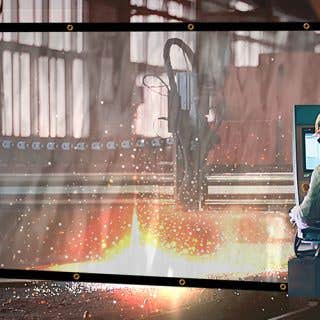

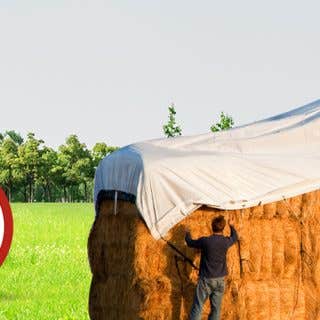
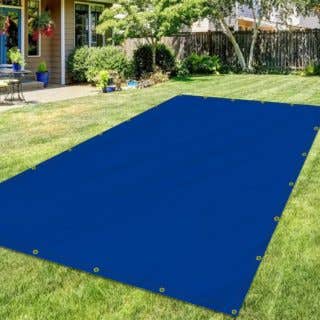


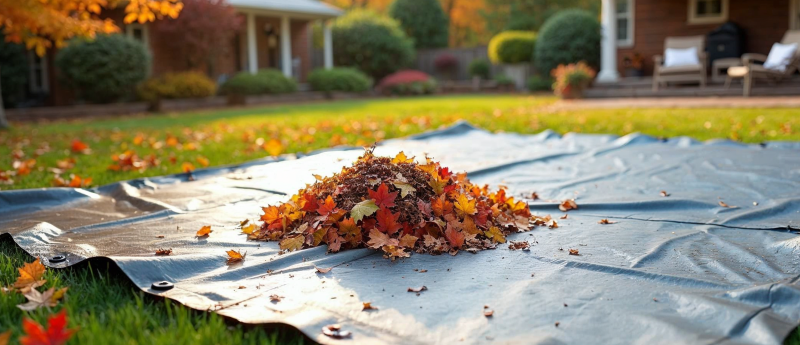
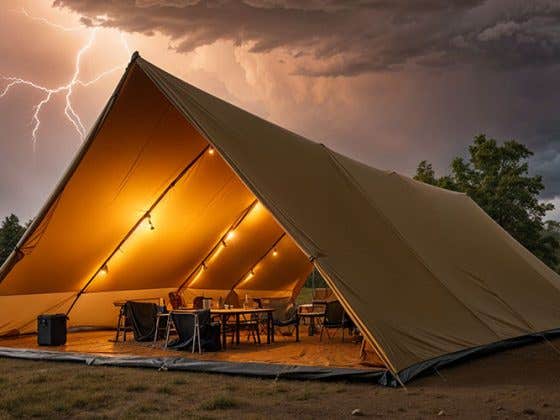
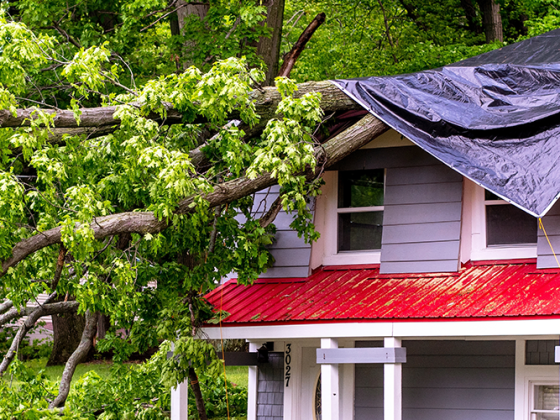
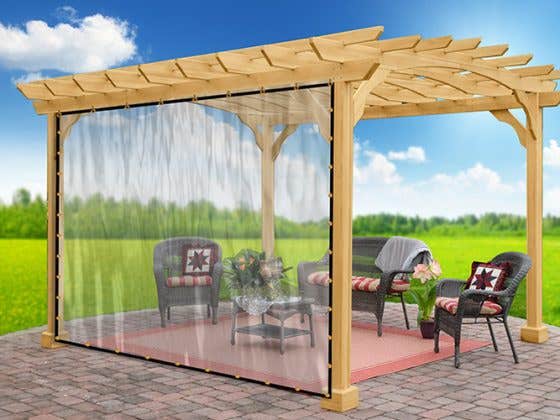
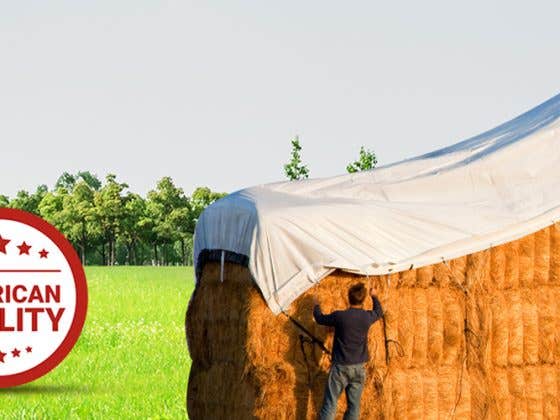
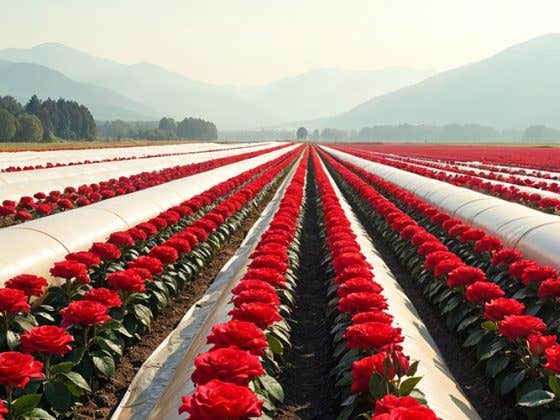
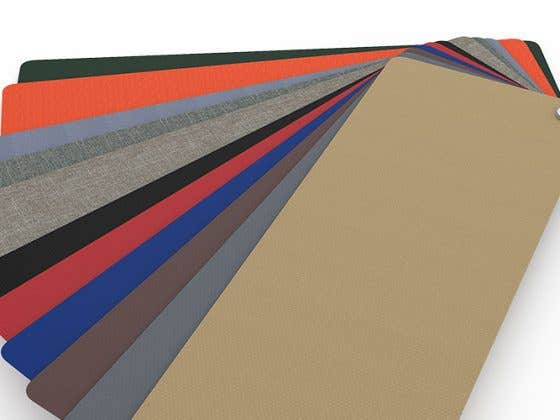
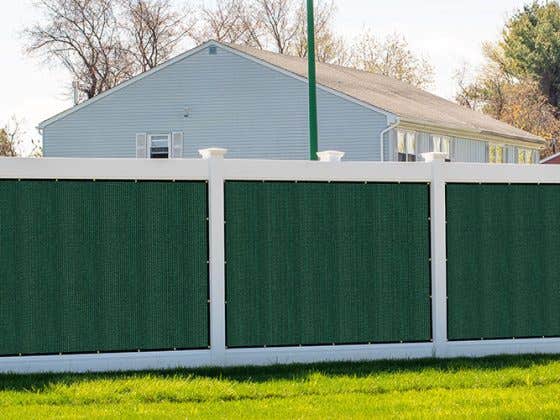
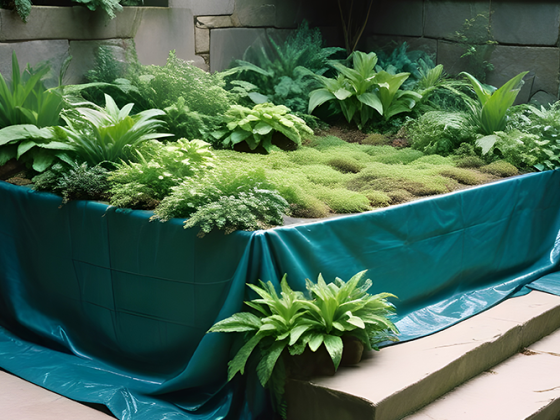
Recent Comments